The stability of your car and caravan, and ultimately your safety, when towing is dependent on several factors, including whether your caravan is suitably matched to work well with your towing vehicle. Correct loading of your caravan will also contribute to the stability – avoid overloading and load the caravan evenly on both sides, packing as much weight as possible above the caravan’s axles.
However, there are situations that are beyond the control of the driver, such as road conditions (potholes) and side winds caused by being overtaken by, or overtaking, a high-sided vehicle. In these instances, the use of a stabiliser is recommended by the Caravan Club as an extra safety precaution.
There are two main types of movement that can be experienced when towing a caravan, which will impact on the stability of your caravan and towing vehicle.
Pitching
This is an up and down movement which may make you feel like you’re bobbing up and down in a boat. It can occur as a result of a drop in the road or going over a pothole. Pitching can also be caused if the nose weight of the caravan is incorrect – too much weight to the front or back of the caravan will result in it being out of balance, leading to the van pitching either side of the axle. The speed you are travelling at will make a difference to how much you notice the pitching and it will also be more noticeable on single axle caravans than twin axle vans, as they have a narrower pivot point in contact with the road surface.
Snaking
Snaking is lateral instability which occurs when the axles of the towing vehicle and caravan come out of line from each other, leading to a swaying or ‘snaking’ from side to side. As with pitching, snaking can be caused by incorrect nose weight and incorrect loading. The weight of your vehicle and the caravan will also impact on the lateral instability, as could a strong side wind which occurs when you are overtaken by a large lorry or coach.
A stabiliser will never compensate for a car that is not suitably matched to a caravan, or for incorrect loading or poor driving, and should not be relied upon to do so. However, as the National Trailer and Towing Association (NTTA) affirms, a stabiliser is valuable in providing some stability against the causes of snaking and pitching that are beyond the control of the driver, as outlined above, and could be the difference between an accident or not.
Types of stabiliser
Blade-style stabilisers
These are often the most cost-effective option and are easy to service and transfer from one caravan to another, although they do need fitting prior to each trip. A greased tow ball is necessary when using this type of stabiliser and the A frame may need some modification, which should only ever be carried out by a professional.
Tow ball-mounted stabilisers
This type of stabiliser needs no additional equipment and little or no adjustment prior to use, and many caravans are now fitted with these as standard. They are more expensive than a blade style stabiliser and have a small area of grip on the towbar (which some believe makes them less effective).
Active stability braking system
Widely considered to be the most effective type of stabiliser, this system requires specialist fitting prior to use and is the most expensive of the three types. Once it is fitted, however, it is maintenance free when in use.
Before making a purchase, consider which type of stabiliser will best suit your needs (and budget) and make sure that it is suitable for your chassis, towing bracket and ball. Once you have made your purchase, always refer to the manufacturer’s servicing and checks guidance and always remember to check stabilisers before each journey. The NTTA advises that stabilisers must be serviced annually or after 20,000 towing miles, whichever is sooner.
While it is not a legal requirement to fit a stabiliser prior to towing a caravan, anyone who owns a tourer, or anyone who has ever driven behind a tourer that is swaying from side to side, will understand the need for safe towing.


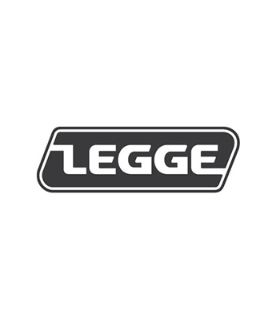









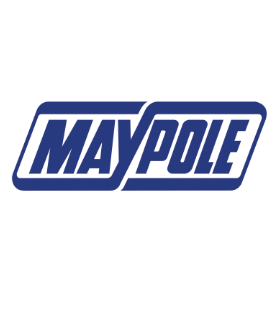



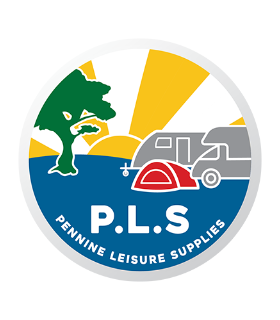
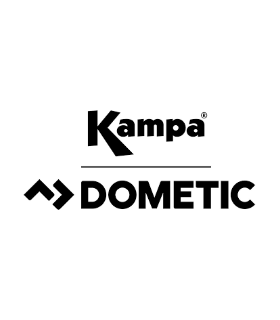


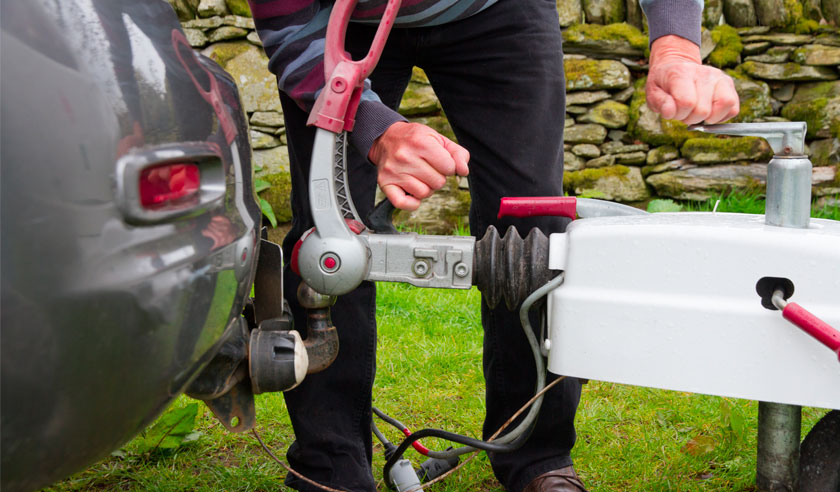
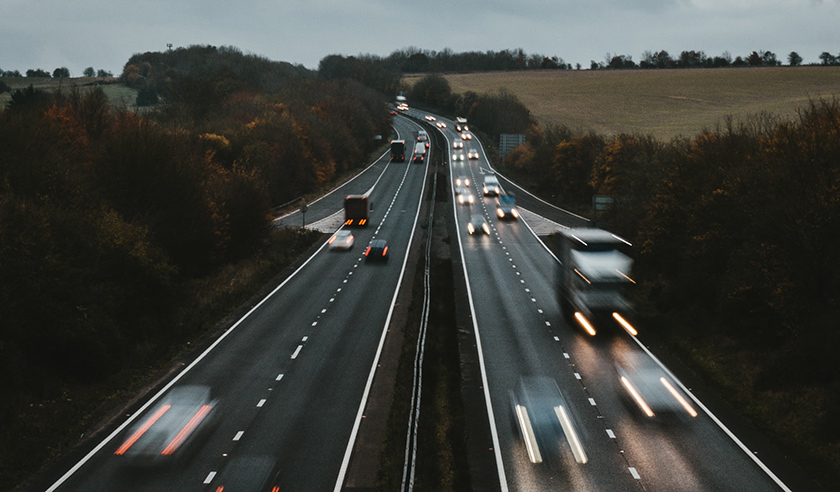
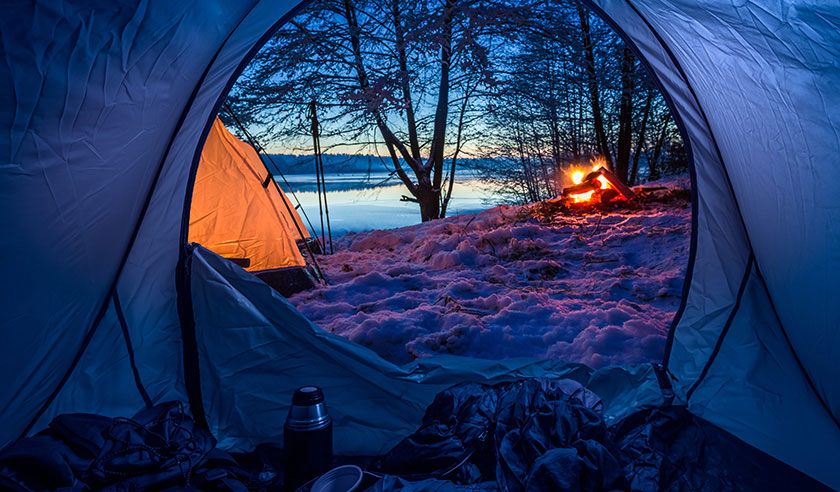
.jpg)